Every now and then I come up with an idea for a story that makes sense, but once I start writing, and several tangential storylines later, it doesn’t seem to make any sense at all….but please hang in and hopefully you’ll be able to join some of the dots about the latest version of DxO FilmPack.
It’s almost old news now, but DxO released FilmPack 8, at the end of September.
Not long before that I had written about, and shared, a series of images I processed using FilmPack 7, so I was keen to take a look at latest version and see what it had to offer.
There are a couple of things that you’ll know by now if you read my blog regularly,
The first is that I am an affiliate of DxO, which means I receive free copies of their software whenever it is released. But, be assured, being an affiliate does not mean I am required to “toe” the DxO line with my opinions.
What it means for you though, is that if you purchase any new DxO software (not upgrades), you can get 15% discount by using the code Rick15 at the checkout.
The second thing is that I do not do reviews of the software. I leave that to others. Rather, I like to talk about how I use the software in my relatively unsophisticated workflow..
FilmPack 8, as I’m sure you know, is a piece of software that allows you – the photographer – to enhance your photographs with the look of analogue films from days gone by. And the analog styles within FilmPack are not just a collection of filters that are used to make images look analog.
DxO claims that FilmPack 8 offers….”the only library of scientifically accurate, digitally preserved film renderings”.
Fifteen new film emulations have been added in this latest version – one of them in particular caught my eye.
More about that shortly.
FilmPack 6 introduced us to Time Machine, and in version 8 Time Machine has been joined by two new, somewhat similar, time related features – Time Travel and Ageify.
Time Travel lets you scroll through time image-wise, and apply any look from a given identified period or style, while Ageify does exactly what it says and ages an image but without any guide to year or style. With either feature, once you see a “look” you like, just click Apply and Close. and the selected emulation will be applied to your chosen image.
Both Time Travel and Ageify can be scrolled automatically like a slide show, or stepped through manually.
Are these features gimmicky? Yes – they are…but I think they are useful (educational) gimmicks.
Incidentally FilmPack 8 apparently now plays much more happily as a plugin to Lightroom; and new tools are included to optimize film scanning. I have not used either of these features.
So – how does DxO FilmPack 8 work for me?
Although FilmPack 8 can be used as a freestanding application, I use it in conjunction with Photolab 9 for a couple of reasons .
Reason #1 – I do not like the stand-alone interface!
But – as far as I can ascertain – it is the only way to use Time Warp and Ageify.
Reason #2 – Using FilmPack as an integral component of Photolab also allows the full use of LUTs in Photolab, plus of course all its other features, without leaving the PL/FP “ecosystem”.
FilmPack 8 integrates very tightly with Photolab 9 to the point where all the film emulations appear in Photolab’s preset listing thumbnails. The “extras” in FilmPack – i.e Creative Vignetting, Frames, Textures, Grain, Light Leaks, etc – all appear in the fx tab in Photolab’s Customize section.
I just wish that the Nik Collection was equally tightly integrated!
How did FilmPack 8 take me to the dark side?
My partner Lyn and I were recently in the small town of Oamaru – the Steam Punk capital of New Zealand. We visited the Steam Punk museum there and I asked the ticket seller for her explanation of Steam Punk.
She replied with something along these lines – “It’s is sort of Victorian-inspired post-apocalyptic genre of science fiction“.
I guess you’re wondering where I am heading with this…and what has it got to do with FilmPack 8?
One of the 15 new film emulations in FilmPack 8 is Harman Phoenix 200. I googled Harman Phoenix 200 and a film-user review described it as having a “grainy, post apocalyptic look…” (get the connection now?), so I decided to try it on my Steam Punk museum images.
And boy – it really worked – for me anyway!
With the Harman Phoenix emulation the shadows become very dark and contrasty, grain is fairly strong, reds tend towards burnt orange, and all other colors take on a bit of a crazy, expired-film look.
The result is a spooky, shadowy, almost color-noir result which seems to go hand-in-hand with the apparent spirit of Steam Punk – especially with the inside shots.
For the series of images in this story I created a preset, the basis of which was the Harman Phoenix 200 film look, combined with a LUT – either Moody-cube or Timeless=cube – depending on the actual photo. Both LUTs are free for download from the ‘net.
The preset I created included the obligatory Smart Lighting, a touch of Clearview, Contrast, application of the film emulation and the LUT; and in the fx tab a Frame, some Creative Vignetting, Texture and Light Leaks.
Of course, being a non-destructive workflow, any/all adjustments can be changed individually, specifically to suit the image. In some cases a few local adjustments were made where shadows were just too black for example; or a Frame was changed for effect; or a Cool filter added; and so on.
The combinations are endless.
I guess the point of this story is to show that FilmPack 8 is not just a great tool for photographers who enjoy the nostalgic look of analog photos, but it is also a valuable creative tool for photographers who just want to create different, unique looks for their work.
That is why I love and use FilmPack 8, It’s like adding another string to your bow…another tool in the toolbox…whatever comparison you want to make.
As always with DxO’s photo editing software, free, fully functional trials are available for download.
And if you wish to purchase from the DxO shop, use the code RickH15 at the checkout for 15% discount.

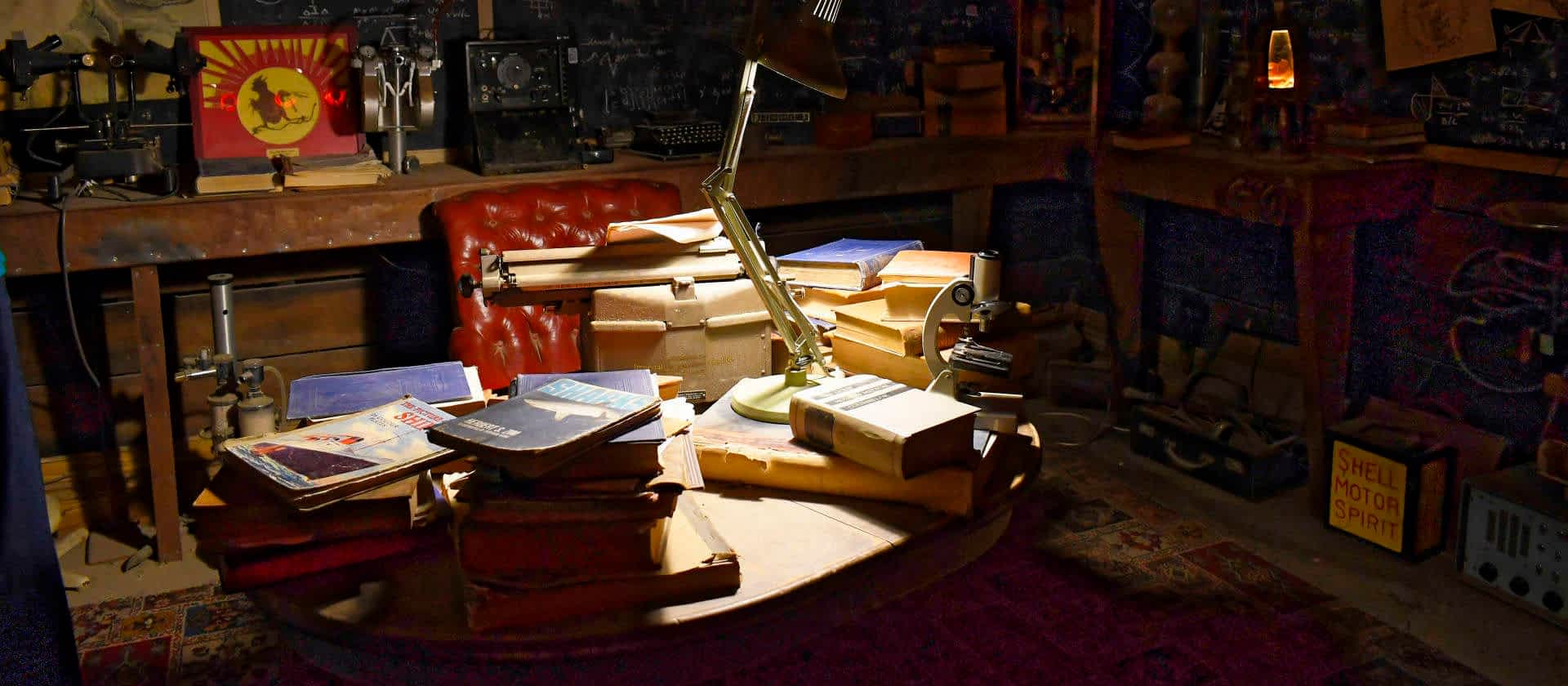
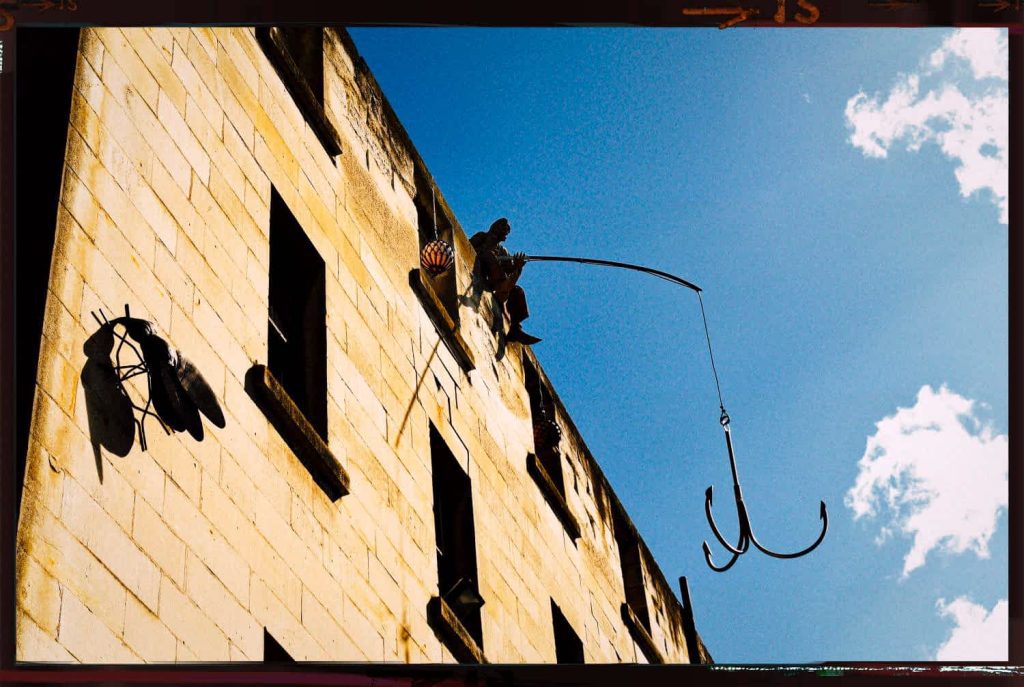
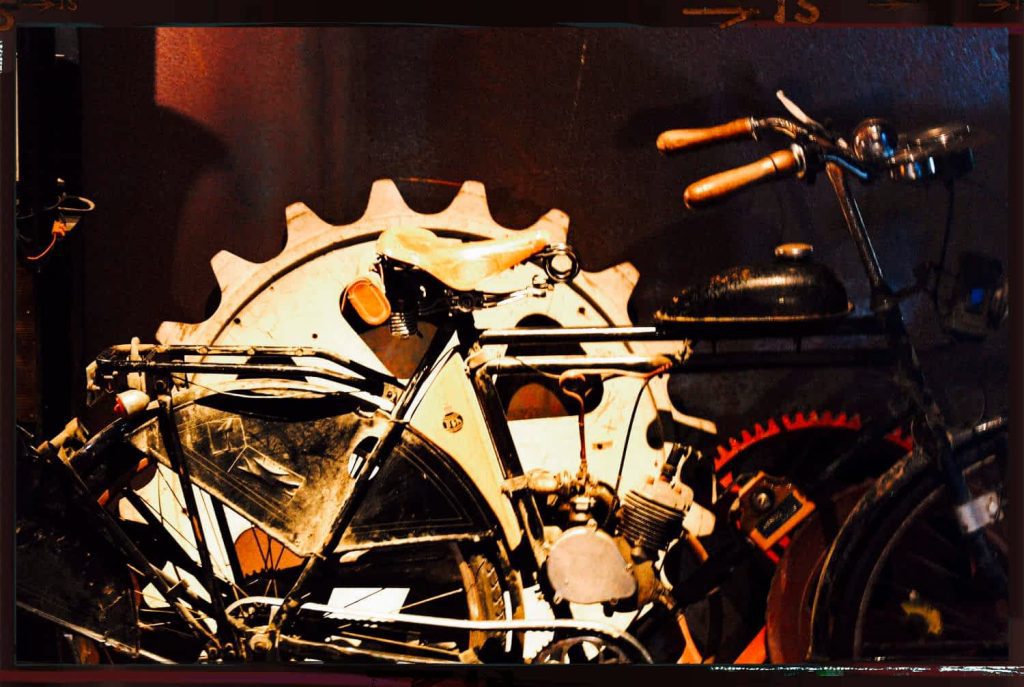
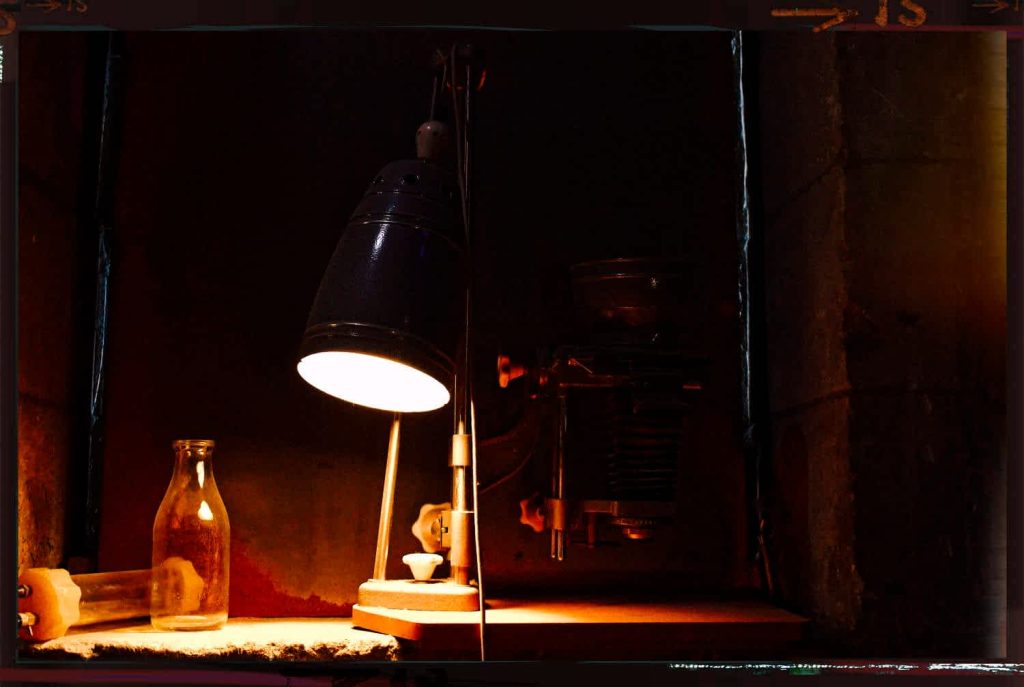
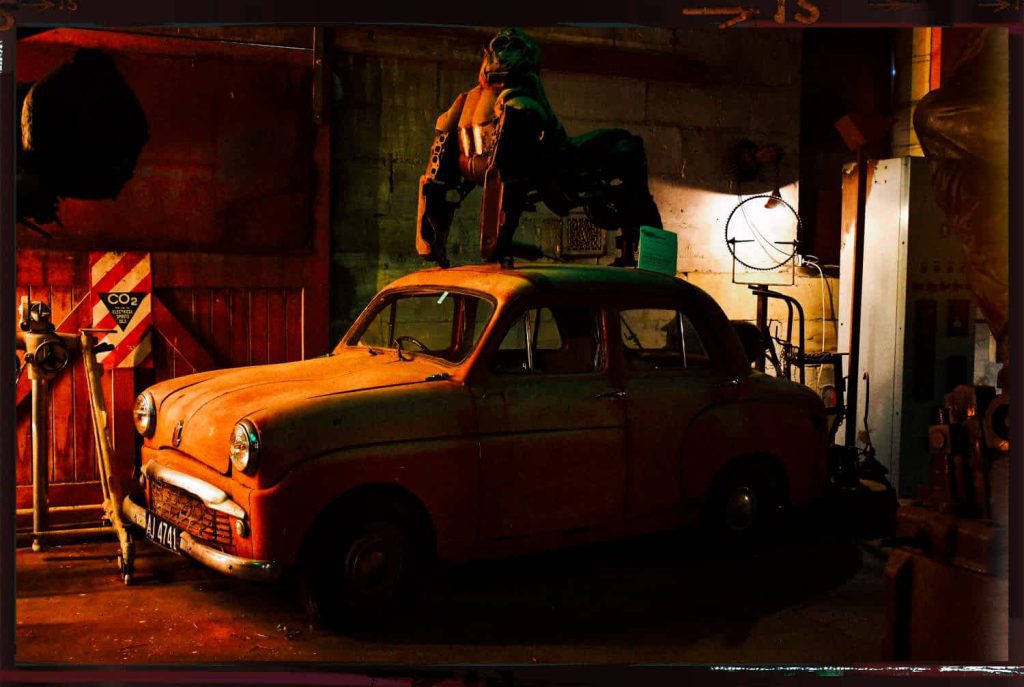
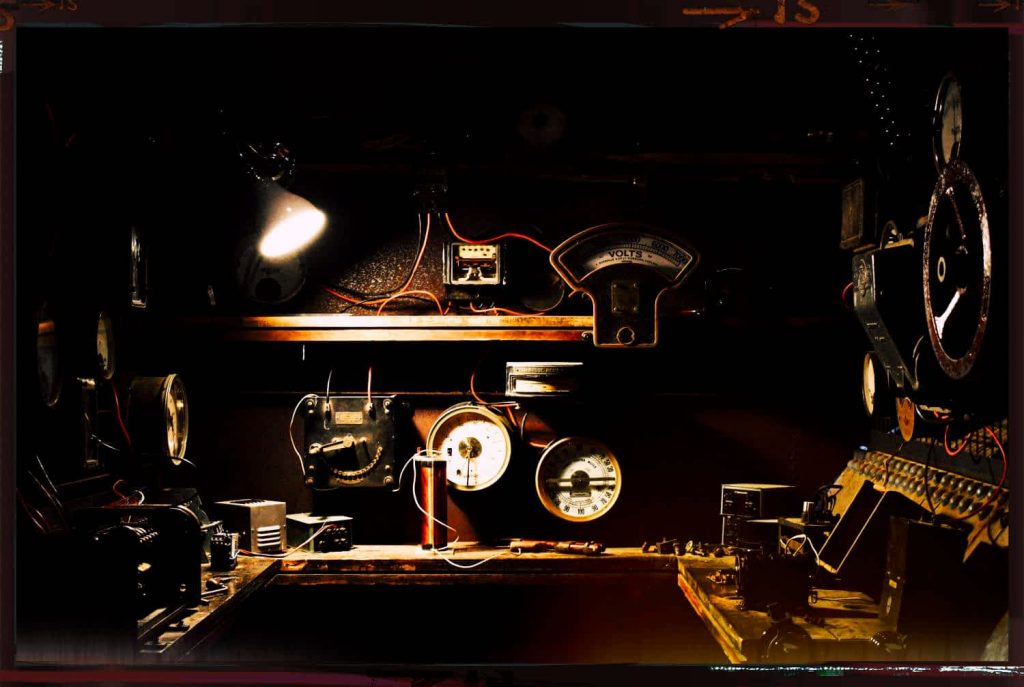
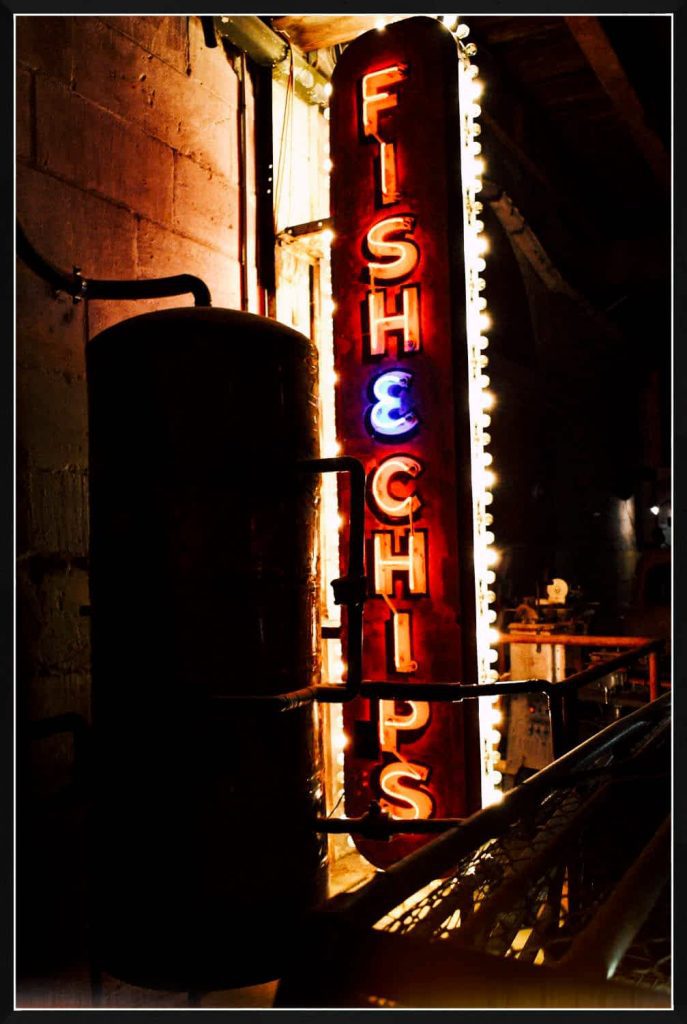
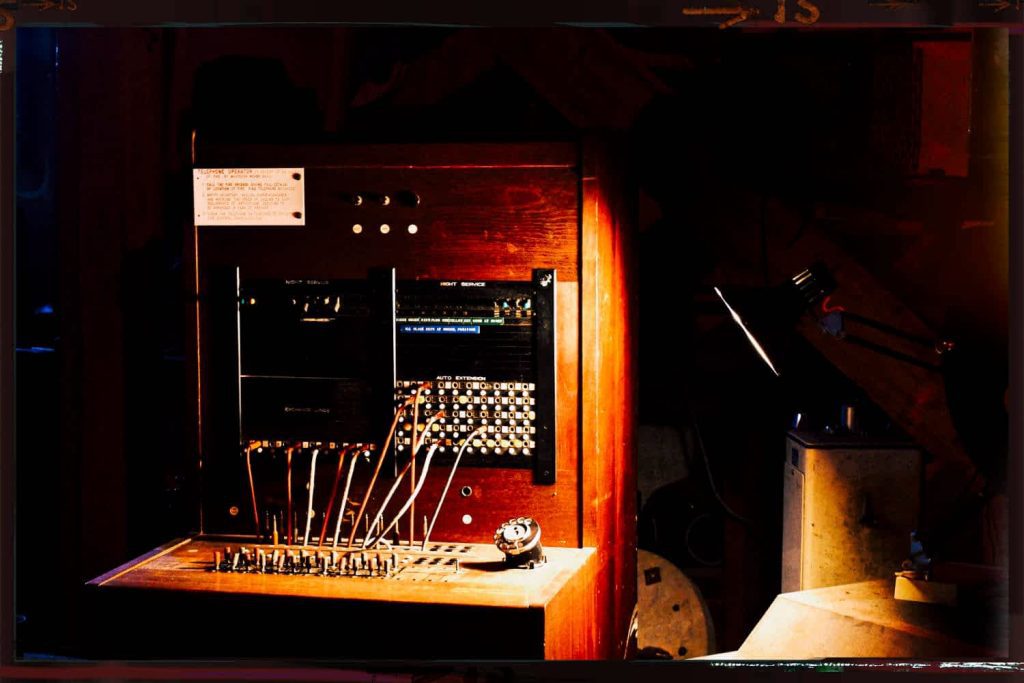
I downloaded the trial. I do not need the Photoshop integration or the film scanning. I use FP7 with DXO 9. The new emulations FP8 were good and I actually think I might use Time Travel and Ageify even if I do have to use it in the standalone version. However for someone who has to pay, the price is a little on the high side, so I will keep an eye on the Black Friday offers (if any).
Lately DXO have given me some confidence that if I do upgrade they will add some useful addition in one of the point updates rather than save everything till the next paid upgrade. If I do shell out I will be hoping this is true.
Hi John…yep – I think FP is great too. If you decide to but FilmPack use the code RickH15 at the discount and get a 15% discount – https://shop.dxo.com/en/
Cheers, Rick